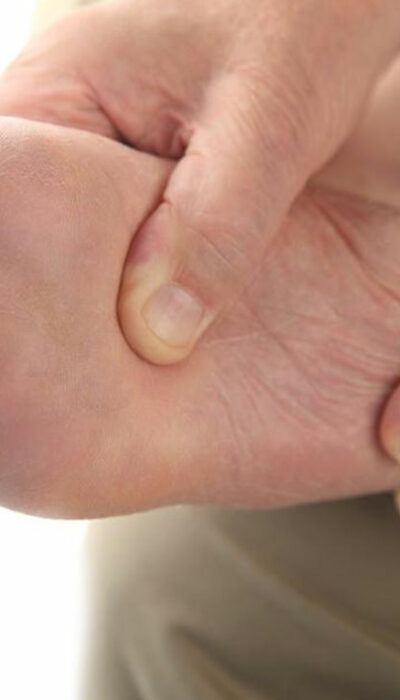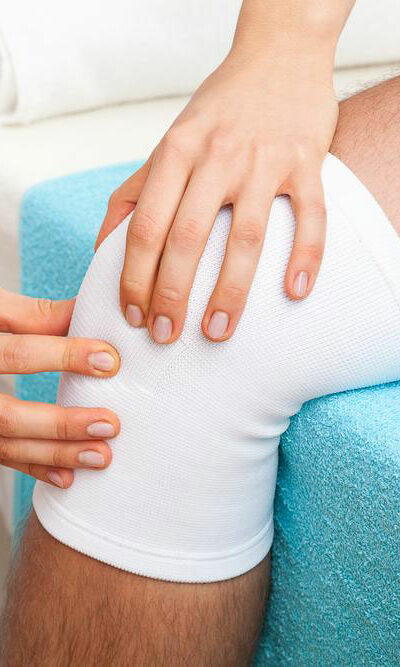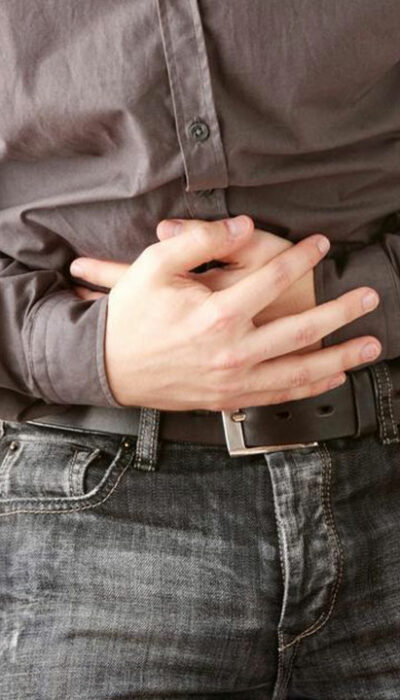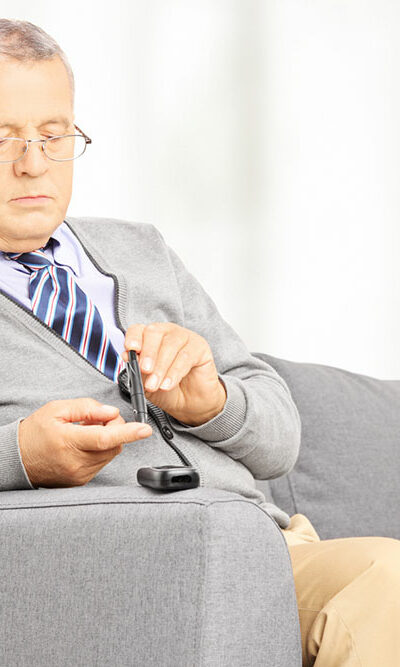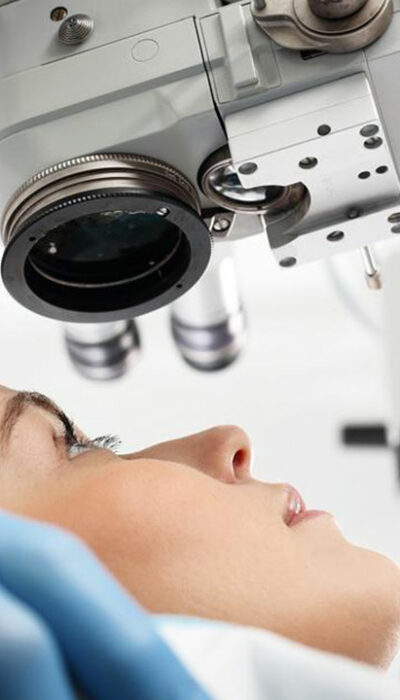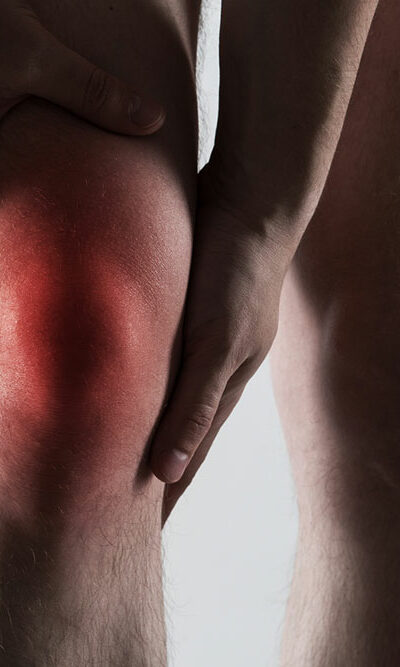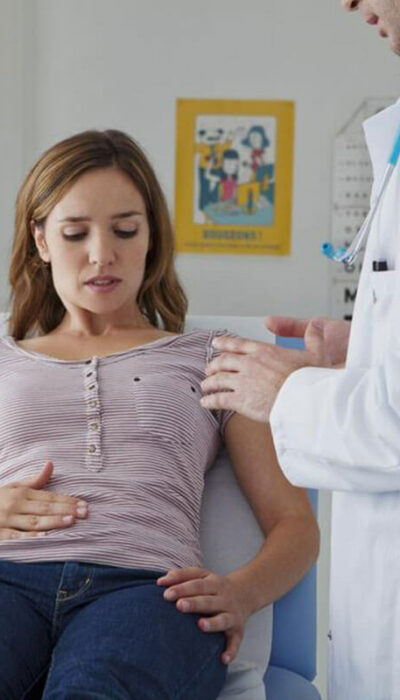
Do You Have These Hepatitis B Symptoms
Known as a “silent infection”, you may not even know that you have hepatitis B. Watch out for these hepatitis B symptoms. Even though they have hepatitis B, more than 69 percent of the affected individuals face no hepatitis B symptoms at all. Moreover, another 30 percent may see hepatitis B symptoms but confuse it with symptoms of other common afflictions such as the flu. Only about 1 percent of people who have hepatitis B will go on to develop a life-threatening form of the condition called fulminate hepatitis. This unfortunate 1 percent may suffer liver failure, and need emergency medical care. Hepatitis B is characterized as a “silent infection” because most people see no visible and distinct hepatitis B symptoms once they are infected. Since they do not know that they have this condition, it is very possible that they pass it on to other people around them. One can contract hepatitis B through contact with contaminated blood. This infectious disease is caused by the HBV or Hepatitis B Virus. In general, there are two possible stages of this condition which are acute hepatitis B and chronic hepatitis B. Acute refers to the fact that the infection is in its nascent stages. If they do come up, most people notice hepatitis B symptoms within 1 to 4 months after coming into contact with the virus. Most cases of acute hepatitis B get resolved after the hepatitis B symptoms disappear in about a few weeks or months. Chronic hepatitis B, on the other hand, describes an HBV infection that lasts longer than 6 months at a time. Once the infection reaches the chronic stage, the hepatitis B symptoms may never disappear completely. Children are at a much higher risk of developing chronic hepatitis B symptoms. Why You Need to Know About Hepatitis B Symptoms?
